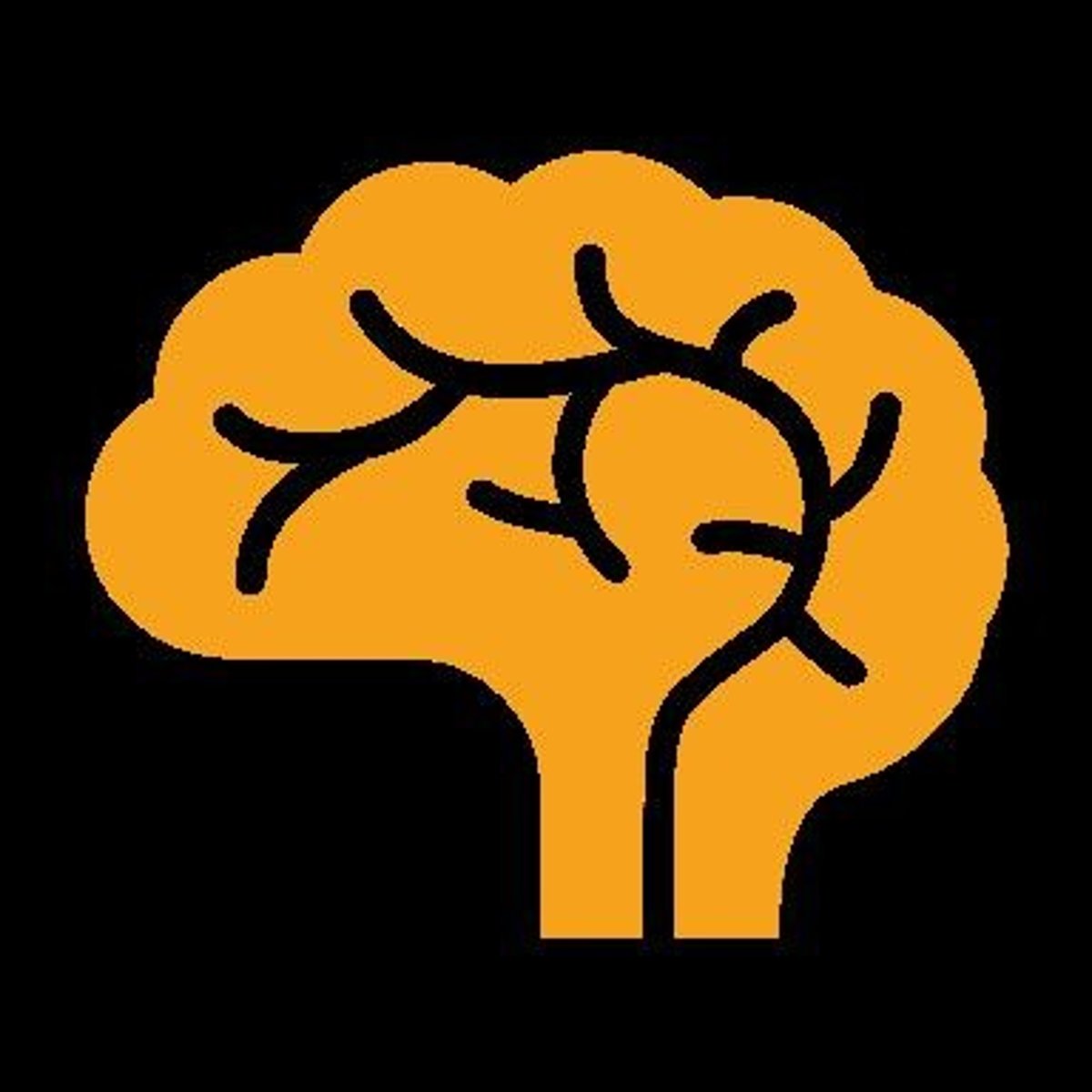OCTH 580 Neurocognitive Disorders Overview and Key Concepts
1/20
There's no tags or description
Looks like no tags are added yet.
Name | Mastery | Learn | Test | Matching | Spaced |
|---|
No study sessions yet.
21 Terms
What are the main types of Neurocognitive Disorders (NCD) focused on in OCTH 580?
Delirium, Dementia, Alzheimer's Disease, Frontotemporal, Lewy Bodies.
What medical conditions are associated with Neurocognitive Disorders according to DSM V?
Traumatic Brain Injury (TBI), Parkinson's disease, HIV, Huntington's Disease, and other unspecified medical conditions.
What are the key characteristics of Delirium?
Disturbance in attention with decreased ability to focus, sustain, or shift attention; additional changes in cognition or perception; quickly develops; fluctuating severity of symptoms; cannot be explained by pre-existing conditions.
What are some common etiologies of Delirium?
Adverse reactions to medications, substance intoxication or withdrawal, infections, metabolic disturbances, TBI, vascular injury, cancer, and inflammatory disorders.
What is the incidence of Delirium in critical care settings?
80% of patients in critical care experience Delirium.
What percentage of COVID patients experienced Delirium in ICU according to Khan et al. (2020)?
61% of COVID patients experienced Delirium in ICU.
What are the subtypes of Delirium?
Hyperactive (agitation, restlessness), Hypoactive (somnolence, withdrawal), and Mixed (hyper and hypo symptoms in the same day).
What is the typical course and prognosis of Delirium?
Rapid onset, symptoms often worse at night (sundowning), usually resolves within a week after the medical cause is treated.
What are the two classifications of Neurocognitive Disorders?
Mild Neurocognitive Disorder and Major Neurocognitive Disorder.
What are the first signs of dementia?
Memory impairment is often one of the first signs.
What types of dementia are mentioned in the notes?
Alzheimer's Disease, Vascular NCD, Frontal Temporal Lobe dementia, and Lewy Bodies dementia.
What are the characteristics of Alzheimer's Disease?
Beta-amyloid plaques, neuronal loss due to neurofibrillary tangles (tau), and degeneration of the cerebral cortex.

What distinguishes early onset Alzheimer's Disease from late onset?
Early onset occurs before age 65 and has a hereditary connection; late onset occurs after age 65.
What is the prevalence of Vascular NCD after a cerebrovascular accident (CVA)?
20-30% of patients diagnosed with Vascular NCD after a CVA.
What are the common risk factors for Vascular NCD?
Hypertension, diabetes, abnormal lipid levels, coronary artery disease (CAD), and nicotine abuse.
What are the two types of Frontal Temporal NCD?
Behavioral variant and Language variant.
What are the symptoms of the Behavioral variant of Frontal Temporal NCD?
Decreased personal hygiene, socialization, insight, mental rigidity, inflexibility, distractibility, and disinhibition with apathy.
What are the symptoms of the Language variant of Frontal Temporal NCD?
Semantic issues (single word comprehension), agrammatical/non-fluent speech, and logopenic (single word retrieval) issues.
What is the significance of Lewy Bodies in Neurocognitive Disorders?
They are associated with neuronal degeneration and are misdiagnosed as Parkinson's disease plus Alzheimer's Disease.
What is the role of the substantia nigra in Neurocognitive Disorders?
It is involved in neuronal degeneration leading to cell death in conditions like Lewy Bodies NCD.
What is the impact of Delirium on patient outcomes?
Patients do not die from Delirium itself, but it can lead to other injuries due to its symptoms.